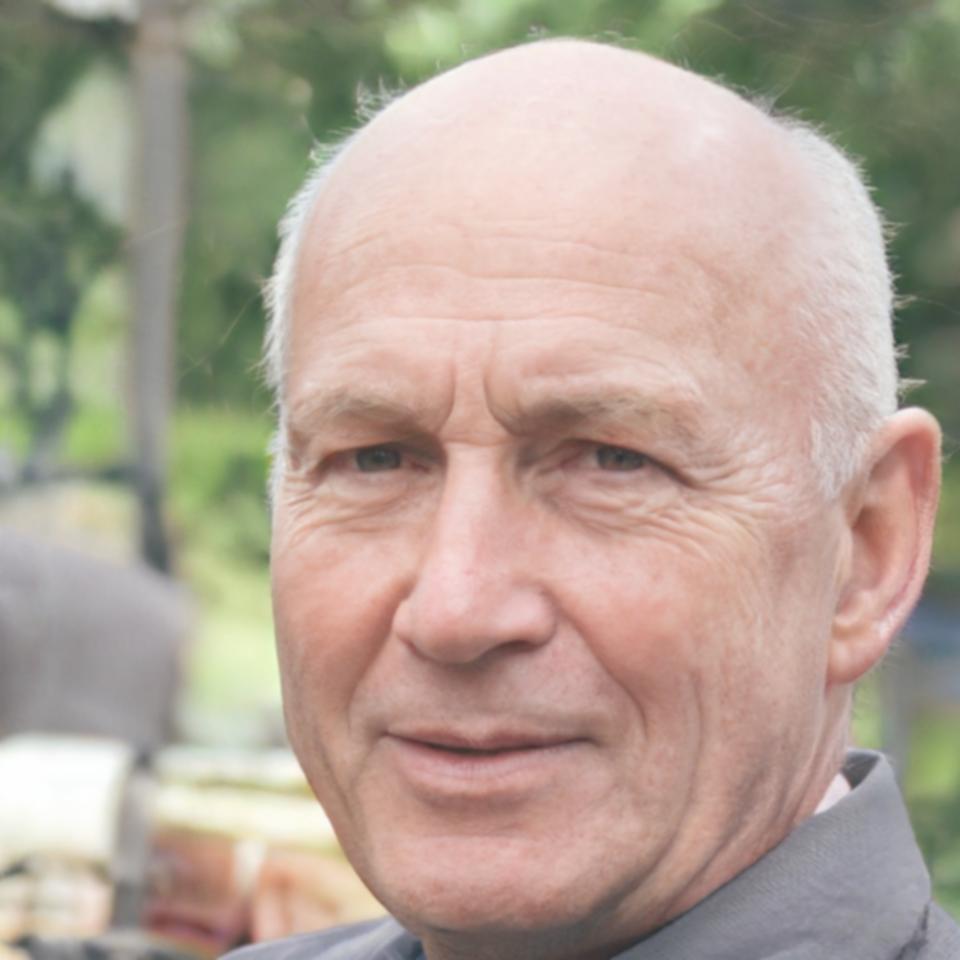Henrik Lundqvist
Project MentorHenrik spent fifteen years analyzing mid-cap companies for institutional investors before joining our program in 2023. He doesn't lecture much—mostly asks questions that make students rethink their assumptions.
"I tell them upfront: you're going to make wrong calls. That's the point. Better to misread a balance sheet here than in a real portfolio later." His groups tend to pick challenging sectors—healthcare, emerging markets—because he's comfortable saying 'I don't know' and figuring it out together.
Students from his 2024 cohort still email him questions. That's probably the best measure of whether this approach works.



